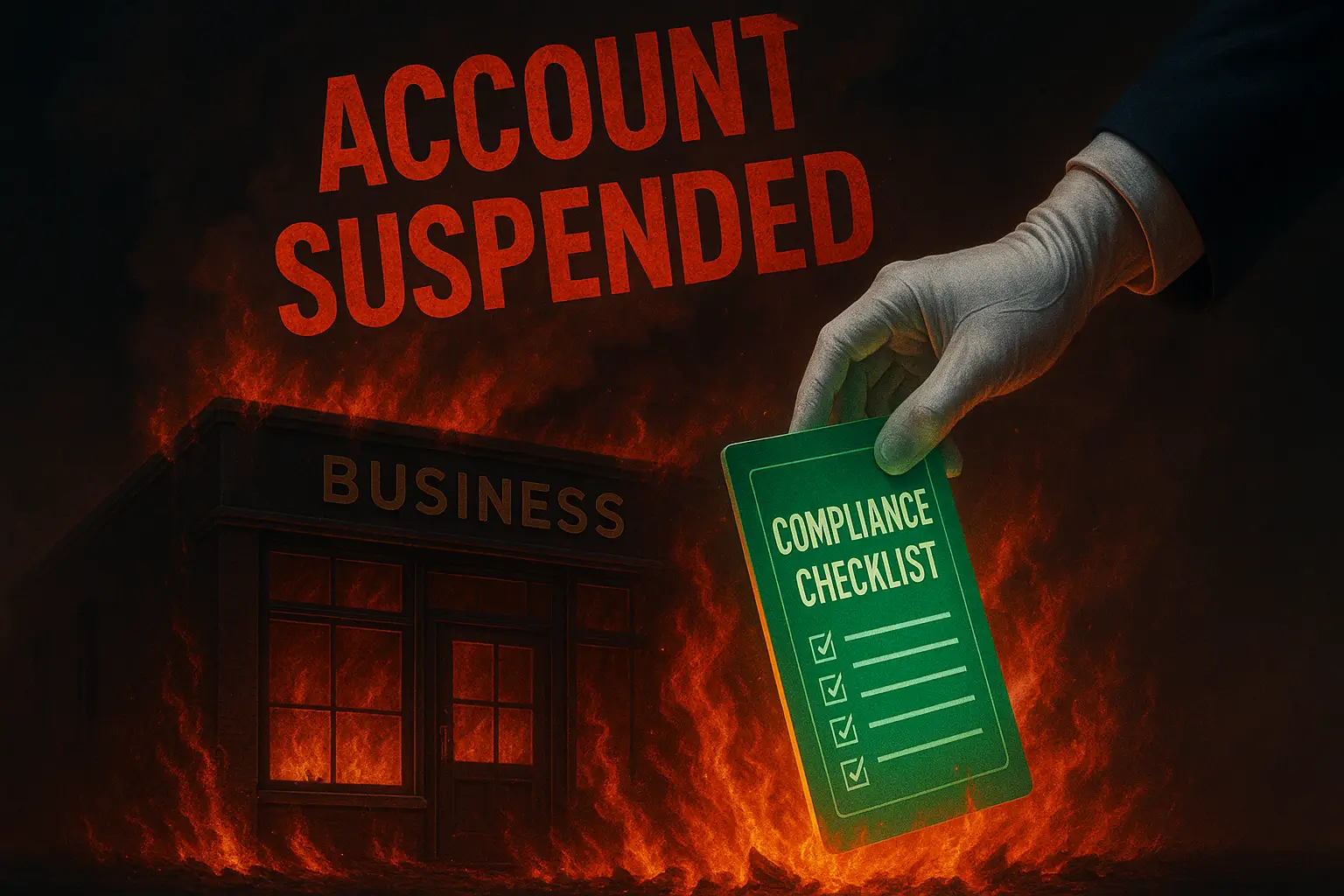2025 hasn’t been kind to ecommerce brands. Costs are up, margins are down, and the days of easy wins through ad spend are over. If you’re not rethinking how you operate, you could be bleeding money and don’t know it yet.
The rise of ecommerce businesses has been fueled by a perfect storm: more people making online purchases, the relentless growth of social media platforms, and the constant evolution of ecommerce business models.
That’s why we brought in Duane Brown, founder of Take Some Risk, on our Clicks to Customers podcast. He doesn’t sell magic bullets. He works with brands that want to make real revenue, not just pretty dashboards.
Let’s break down his insights and a bit more on how we got to this point.
Setting the Stage: How We Got Here (A Brief History and Growth of Ecommerce)
Ecommerce didn’t just appear overnight. It’s been a wild ride since the first online transaction back in 1969. Fast forward through dial-up modems, the dot-com boom, and the explosion of mobile devices, and suddenly, shopping online is second nature.

Today, ecommerce platforms make it possible for online stores to reach customers across the globe, 24/7. Social media shopping isn’t just a trend—it’s a new way to connect with buyers where they already spend their time.
Whether you’re running a niche ecommerce business or scaling up to compete with the giants, understanding this history matters. The landscape is crowded, the stakes are high, and the only way to win is to know how we got here—and where the next wave of online shopping is headed.
Tariffs Are Taxing Your Ecommerce Business—Here’s What To Do About It
The U.S. slapped a 10% blanket tariff on imports, nuked the China de minimis rule, and suddenly everyone’s supply chain looks like a bad Jenga tower. Duane’s clients are split: some raise prices, some eat the margin, and others shift performance targets (hello, ROAS of 5 instead of 4).
What does that tell us? There’s no magic lever to pull here. You either:
- Pass the cost to customers (risk brand perception),
- Eat it yourself (risk profitability),
- Or get smarter with your ad spend.
In practice? One client reworked their ad KPIs to reflect new margins. Others started thinking hard about which products deserve promotion. Hint: it’s not your low-margin socks.
“If you’re only looking at ROAS and not margins, you’re faking performance.” — Duane Brown
Mobile Commerce Isn’t Just a Traffic Source—It’s Your Storefront
Mobile drives 75% of traffic. Yet most brands treat their mobile site like an afterthought. To ensure a seamless experience for mobile users, it’s crucial to have a responsive ecommerce site or ecommerce website that delivers fast, intuitive navigation and smooth checkout.
Duane had to convince one client to overhaul a checkout they hadn’t touched in seven years.
You’re not optimizing for mobile because you think your site’s fine. It’s not. Especially if you haven’t done the following:
- Tested checkout flows on both iPhone and Android
- Reduced clicks from product to purchase
- Ensured your promos actually show up on mobile
- Leveraged purchase history to personalize the checkout process and improve customer satisfaction
Duane’s rule of thumb? “Test your site like your mom would.” If she’s lost, so are your customers.
Business Models: The Real Winners and Losers
Not all ecommerce business models are created equal. The big three—B2C (we’ll include D2C in there too), B2B, and C2C—each come with their own playbook.
Business-to-consumer (B2C) ecommerce is what most people think of: selling products or services directly to shoppers looking for a seamless online shopping experience.
Business-to-business (B2B) ecommerce is all about building relationships and streamlining commerce sales between companies.
Then there’s consumer-to-consumer (C2C), where individuals sell to each other, often through online marketplaces or social commerce platforms.
The real winners? Ecommerce companies that pick the right model for their audience and double down on what works. Social commerce sales, live stream selling and mobile commerce are shaking up the old rules, letting brands reach more customers and drive electronic commerce in ways that weren’t possible a decade ago.
But there’s no one-size-fits-all answer. The losers are the ones who ignore the shifts—who stick to outdated business processes or fail to adapt their ecommerce business models to the realities of digital commerce. In 2025, flexibility isn’t just an advantage—it’s survival.
Social Commerce on Social Media Platforms: Shiny Toy or Solid Channel?
Social shopping is hot—Meta, TikTok, everyone wants to be Amazon now. A social shopping strategy is becoming essential as ecommerce brands leverage social platforms to drive more sales and increase sales by integrating shoppable content and streamlining the customer journey.
Yes, some clients are seeing sales from TikTok Shop or Facebook Shop. Many ecommerce brands and online brands now enable customers to make purchases directly from social platforms, which can boost sales by reducing friction and increasing conversion rates. But managing those channels takes time, and platforms always raise their fees once they’ve got you hooked.
“Short-term gain, long-term pain. Don’t replace one gatekeeper (Amazon) with another.” — Duane Brown
Leading ecommerce brands and online brands use social shopping examples and innovative marketing strategies to engage customers across multiple channels, including social platforms, to maximize reach and drive more sales. Optimizing your social shopping strategy with insights from customer data is crucial for improving outcomes and personalizing the shopping experience.
Duane recommends doubling down on your owned channels—your site, your email list. That’s where you control the margins and the message.
Stop Asking for Magic. Start Doing the Work.
If you want to scale profitably in 2025, you need to:
- Understand your real margins—not just ROAS.
- Optimize your mobile experience like your life depends on it.
- Invest in your own channels instead of chasing social commerce gimmicks.
- Make peace with change—or watch your competitors outspend and outsmart you.
The market’s more ruthless than ever. Playing it safe? That’s the riskiest move of all.
Platforms and Tools: What Actually Matters Now
Your ecommerce platform is your foundation. Pick the wrong one, and you’re building your online store on sand. The right ecommerce platform gives you the tools to manage everything from payment processing to customer satisfaction, and it scales as you grow. Shopify, BigCommerce, WooCommerce—each has its strengths, but what matters is how well it fits your business and your customers.
But it doesn’t stop there. Social media marketing, search engine optimization, and social shopping features like user generated content or live shopping events can boost your reach and increase sales.
Even brick and mortar stores are getting in on the action, using social commerce efforts and digital commerce tools to connect with more customers and host live shopping events that blend the best of both worlds.
But don’t get distracted by every shiny new feature—focus on what drives results.
Stay sharp, stay current, and make sure your ecommerce storefront is ready for whatever comes next.
If you need help, get in touch for your free consultation!
About the Guest
Duane Brown is the founder of Take Some Risk. He helps brands scale profitably through strategic paid ads and sharp insights into what actually moves the revenue needle.
Watch the full episode now: https://youtu.be/7cSRD4S1opw?si=X6e_TZNmEJT2AotZ




